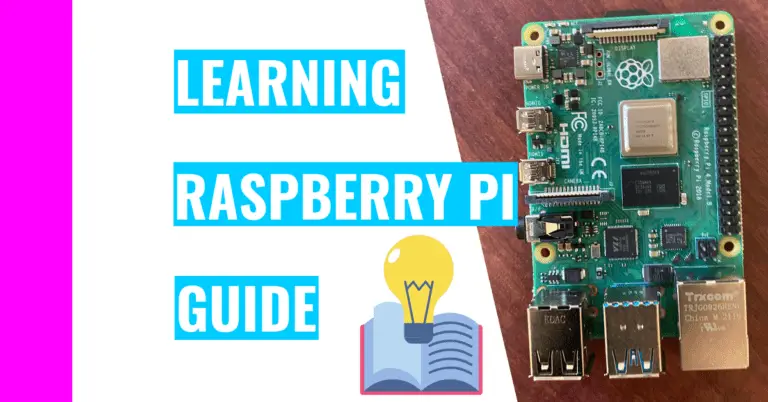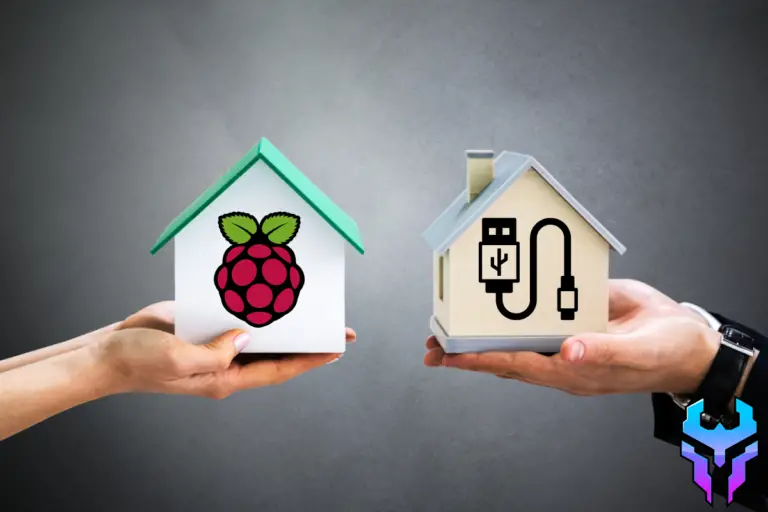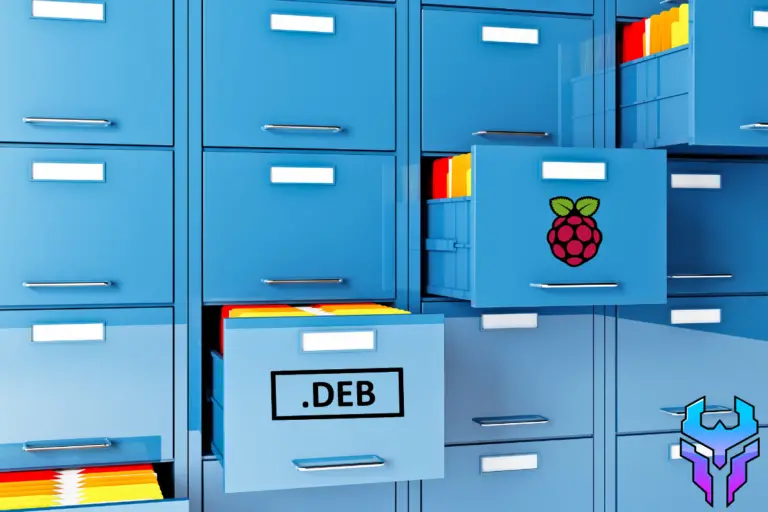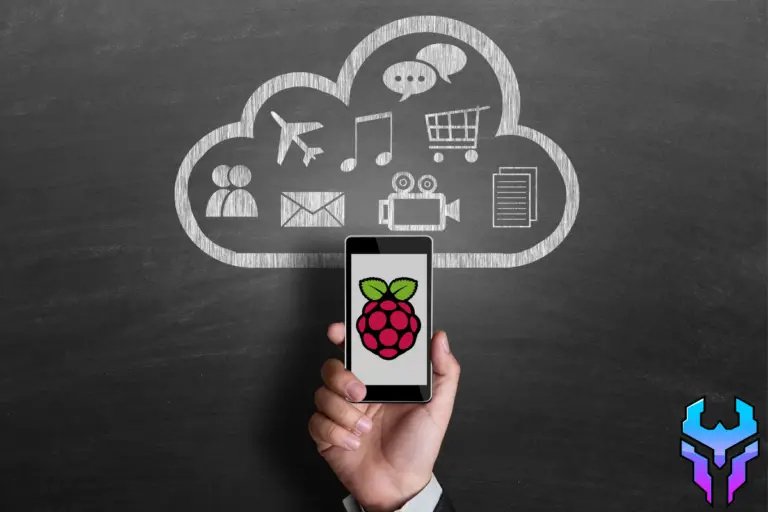Is Raspberry Pi A Microcontroller Or Microprocessor?
Whenever, I work with something new, I try to understand everything about it. Similar to when I was working with Arduino, I encountered a lot of jargon. Even though these fancy words appeared to be daunting at first, understanding what they mean at their essence made me fell in love with Raspberry Pi even more. Consequently, i want to share that joy and answer the question:
“Is Raspberry Pi a microcontroller or a microprocessor?”
Raspberry Pi is neither a microprocessor nor a microcontroller. It’s a microcomputer that carries and utilizes a microprocessor. Consequently, the Raspberry Pi has more microprocessor characteristics rather than microcontroller characteristics.
The rest of this article will break down what a microcontroller is, what a microprocessor is, their differences, and how Raspberry Pi is a microprocessor.
What Is A Microcontroller?
A microcontroller is basically a very small and basic form of a computer. Because of its small size, it uses much less power than a regular computer.
Similar to a computer, the microcontroller is a small chip that contains memory, peripherals, input/output (I/O), and a processor.
When you buy a microcontroller, all you’re getting is the microcontroller. That means this isn’t suited for a beginner, but it’s great for someone with more experience when working with this tech.
What Is A Microprocessor?
A microprocessor is the brains of the operation as it has all the capabilities of a central processing unit (CPU) of a computer. It’s a controlling unit that’s packaged neatly in a small chip. Thanks to this, it can carry out ALU (Arithmetic Logical Unit) processes and operations. It can also talk to other devices (think Bluetooth).
What is an ALU?
An Arithmetic Logical Unit can be thought of a dumb brain because it can only perform simple arithmetic calculations and comparisons. This is not nearly as powerful as the control unit, which orchestrates everything and gives direction (this is the actual brain of the operations).
Is A Microcontroller The Same As A Microprocessor?
A microprocessor is different from a microcontroller because it only has a central processing unit (CPU) while the microcontroller has a CPU, peripherals, RAM, and ROM.
A microprocessor cannot work by itself since it needs an input, RAM (random-access memory), ROM (read-only memory), or timers in order to give an output or a serial interface.
On the other hand, a microcontroller is able to do all the things I’ve mentioned a microprocessor can do in a single chip because it has its own necessary peripherals.
In general, I’d recommend you use a microcontroller rather than a microprocessor. It offers more functionality and is straightforward to program.
But if you are looking for something that can access large amounts of memory in a short period of time, a microprocessor is the answer. Microcontrollers are generally recommended for performing specific functions and not general ones because their memory is already filled and it comes in a limited quantity.
For instance, a common microcontroller’s flash memory has a maximum of 2MB (megabyte). The reason why the memory is limited is that a microcontroller is designed for a specific purpose, so the designer didn’t think the users would need a lot.
Here are some more fun tidbits:
- A microcontroller is easier to program.
- A microprocessor can handle intensive processing.
- A microcontroller consumes less power.
- A microprocessor is larger than a microcontroller.
- A microcontroller has a lower clock speed, which means it runs slower than a microprocessor.
- A microprocessor has a flexible design, which means that users can decide what they want on it and how much (ie number of peripheral devices, number of I/O ports, memory size, etc).
How Is Raspberry Pi Different From A Microprocessor?
Raspberry Pi is different from a microprocessor in that it has more capabilities and features than a microprocessor. A Raspberry Pi contains a microprocessor on its board in addition to being able to add peripherals and memory.
For example, when you’re first starting out with Raspberry Pi, you’ll need peripherals such as a mouse, a display, and a keyboard. Extra components you may need are cables (so that you can connect the Raspberry Pi to the display) and an SD card.

Another way to think of it is all Raspberry Pis have microprocessors in them, but not all microprocessors are Raspberry Pis.
The only exception is the Raspberry Pi Pico since that one utilizes a microcontroller. More specifically, it uses the RP2040, which was designed by the Raspberry Pi company in the United Kingdom.
Lastly, Raspberry Pi uses Python as their default language (but you can install other programming languages if you’re more familiar with them) whereas microprocessors use assembly languages.
If you’re just starting out and want to know what programming languages you should start with when working with Raspberry Pi, then you need to read my article on the easiest languages you should learn for Raspberry Pi.
What’s an assembly language?
You can think of an assembly language as the interface between machine code (which is what computers use) and higher level languages (which is more human-readable).
Summary – tl;dr (Too Long; Didn’t Read)
Here are some key takeaway points you should keep in mind after reading this article:
- Raspberry Pi is neither a microcontroller nor a microprocessor, although it has similar characteristics to a microprocessor. That is because there is a microprocessor built into the Raspberry Pi board.
- A microcontroller is a small chip that contains all the basic features of a computer.
- It has the following pros:
- It’s easier to program
- Consumes less power
- Is smaller and more compact
- Designed to handle specific tasks
- It has the following pros:
- A microprocessor is a chip with all the controlling units packed into it. It has the CPU of a computer.
- It has the following benefits:
- It can handle intensive processing
- Has a bigger form factor
- Runs faster than a microcontroller
- Is geared more towards users and the overall user’s experience
- In essence, users can add peripherals, memory, etc. to their microprocessor
- It has the following benefits:
- Remember that the Raspberry Pi utilizes a microprocessor, which is why it’s more like a microprocessor. You can think of it this way: all Raspberry Pis are microprocessors whereas not all microprocessors are Raspberry Pis.
Hopefully, by the end of the article, you are able to process everything and can understand the differences between a Raspberry Pi, a microcontroller, and a microprocessor.






